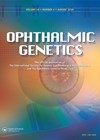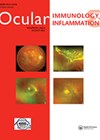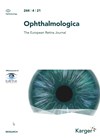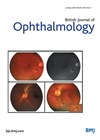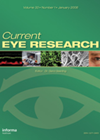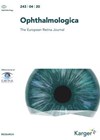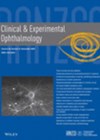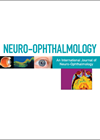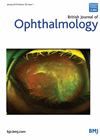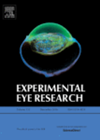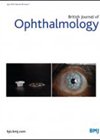Driving with retinitis pigmentosa
The authors present a study of 228 consecutive patients with a clinical or genetic diagnosis of retinitis pigmentosa. Data was collected prospectively between January 2012 and October 2022 in Perth, Australia. The study aimed to determine the proportion of patients...
Distribution, progression, and outcomes of inflammatory chorioretinal lesions
This study investigated the distribution and progression of multifocal choroiditis (MFC) inflammatory lesions in 25 eyes of 20 patients and their correlations with clinical outcomes at 24 months. The distribution of choroiditis inflammatory lesions were evaluated semi-automatically using a dedicated...
Morphological and functional outcome after subthreshold laser coagulation with a frequency-doubled Nd:YAG laser
Central serous chorioretinopathy; Retinal imaging; Retinal laser coagulation
Retinal findings in COVID-19 patients
This is a single centre cross-sectional study from Brazil between 20 to 23 May 2020, with a total of 18 patients; nine male and median age was 62.5-years-old. 10/18 (55.6%) had retina abnormalities upon dilated eye examination. Flame-shaped haemorrhages were...
Detecting apoptosis in retinal cells
This is a review paper in which the authors summarise the transitioning of techniques detecting apoptosis from bench to bedside, along with the future possibilities they encase. Detection of Apoptosis in Retinal Cells (DARC) technology can be used as a...
Sickle cell maculopathy
This paper reports the result of a prospective study to analyse the prevalence of sickle cell maculopathy (SCM) and its associations with age, sex, genotype, proliferative sickle cell retinopathy (PSR) stage, and the impact on visual acuity (VA). This study...
Surgical outcomes of isolated medial rectus palsy
Isolated medial rectus is a rare clinical entity. This prospective study of 32 patients from China showed that this was caused most commonly by iatrogenic injury (43.75%), trauma (37.50%) and congenital (18.75%) causes. An average of 60 ±25 prism dioptres...
Changes in drusen and retinal layer volumes prior to CNV development
This retrospective longitudinal study looked at patients with wet age-related macular degeneration (AMD) in one eye who subsequently developed wet AMD in the fellow eye. The aim was to discover whether drusen characteristics or volumes of retinal layers correlate with...
A case study of posterior globe flattening in idiopathic intracranial hypertension
The authors present a single case of posterior globe flattening without papilloedema in idiopathic intracranial hypertension. The case was a 64-year-old woman with a one-year history of transient visual loss in her left eye only. Visual acuity was 20/20 in...
Features of Behcet’s disease
This is a retrospective single centre study from Paris, France, between the periods of 1986 to 2015. Twenty-nine out of 217 (13.3%) neuro-Behcet’s disease (NBD) patients presented with neuro-ophthalmic manifestations (55% of men and mean age of 28 years). Sixteen...
Stromal cell alignment in damaged cornea
Stromal keratocytes are responsible for wound healing in the cornea following damage. Keratocytes at the site of injury become activated and differentiate to myofibroblasts which secrete extracellular matrix (ECM) to close the wound, a response mediated by transforming growth factor...
SS-OCT assessment of ITC after phacoemulsification
This is a multicentre randomised controlled trial of 22 patients with primary angle closure glaucoma with peripheral anterior synechia and peripheral primary angle closure glaucoma (PACG) with peripheral anterior synechia (PAS) detected by indentation gonioscopy was randomised into two groups....


